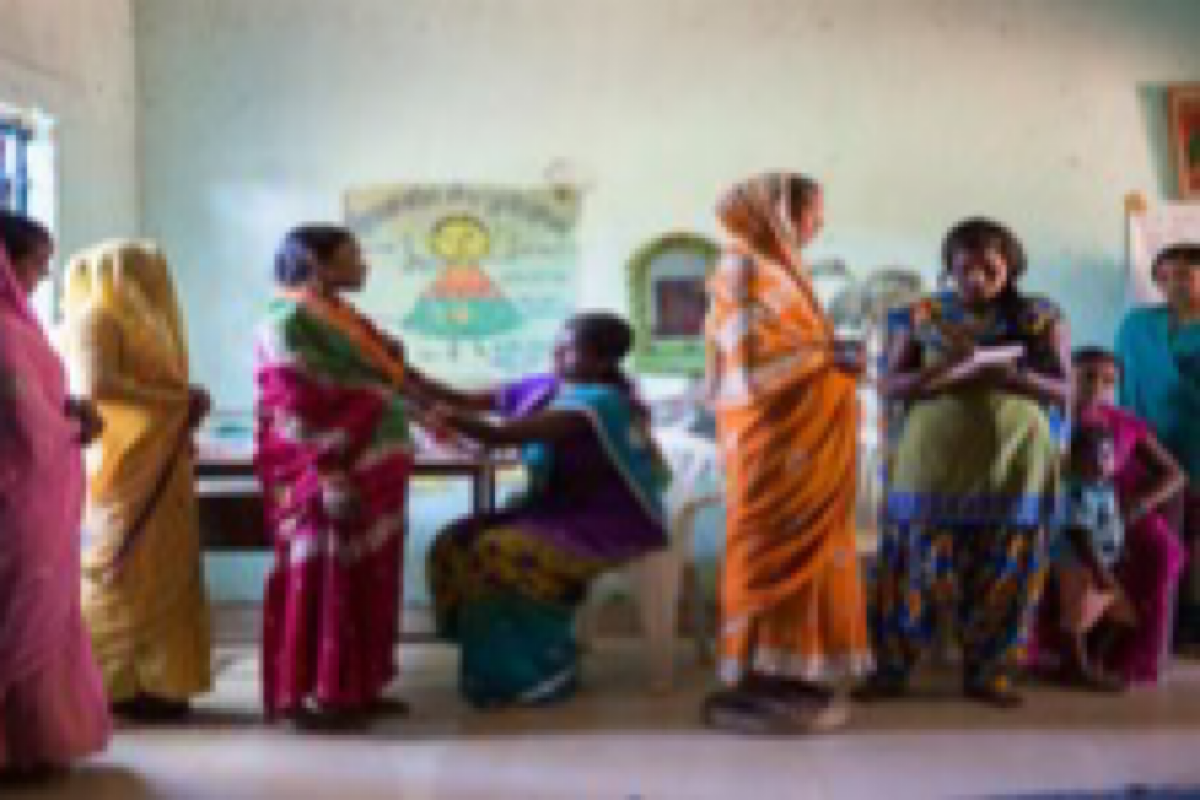Rural healthcare in India has seen remarkable progress in the last decade, with people living in remote areas getting better access to quality health services.
The healthcare coverage, which can be credited to the expansion of telemedicine and adoption of digital health solutions such as Artificial Intelligence (AI) and Machine Learning (ML), together with the government’s National Digital Health Mission has led to reductions in maternal and child mortality rates, polio eradication, and most recently eliminated visceral leishmaniasis or Kala-azar.
Advertisement
Yet, gaps remain with a significant lack of skilled healthcare professionals, and technological advancement comparatively slow in the hinterlands.
“Over the last decade, India has made substantial progress in healthcare through technology and innovation. Telemedicine and digital health solutions have expanded access to remote areas. Innovations in medical devices and diagnostics have enhanced affordability and accuracy,” Himanshu Sikka, project director, SAMRIDH, told IANS.
Himanshu noted that the integration of AI and ML, and the National Digital Health Mission “signify a transformative shift towards more accessible, efficient, and patient-centric healthcare.”
“Despite notable strides, persistent challenges like workforce shortages and technological gaps linger. Sustained investment in training, technology, and community collaboration is imperative for achieving universal health coverage and bridging the urban-rural healthcare gap by 2030,” Himanshu said.
One of the areas that SAMRIDH, a blended finance (BF) facility supported by USAID and implemented by IPE Global, works is for sickle cell screening. In remote areas of Odisha’s Phulbani, Kandhamal, it used drones to conduct over 400 sickle cell tests. The drones help in collecting samples, testing, and providing diagnoses, among others.
Boosting healthcare in rural areas is not only critical for the health results of the nation but also for the economy. It plays a pivotal role in fostering rural economic development.
Priyadarshi Mohapatra, Founder, CureBay, told IANS that in the last 10 years, rural areas in the country have seen “advancements in medical technology, robust health education programmes, and improved healthcare facilities.”
These have collectively bolstered the quality of care across the nation, as well as led to reductions in maternal and child mortality rates.
“Promoting preventive practices, and accessible healthcare in rural areas significantly reduces the burden of diseases, aligning with India’s sustainable development goals,” she noted.
The healthcare startup ensures accessibility to quality healthcare in remote areas via its eClinics which are powered by an intelligent tech platform offering online consultations and a comprehensive range of services. CureBay has positively impacted over 1,86,000 patients in Odisha and Chhattisgarh.
Even with the commendable progress, there exists a “vast gap in healthcare access between urban and rural India,” Smriti Tandon, Co-founder, Online Chikitsa Mitra told IANS.
“As per NHM Rural Health Statistics 2021-22, despite a 51 per cent increase in doctors, there is still a significant shortfall, with a 3.1 per cent deficit of the total requirement,” she added, emphasising the need “to address the challenge”.
The rural health-tech start-up boasts of a robust network of over 500 e-Clinics within local medical stores in remote areas. These e-Clinics, with trained store facilitators and a user-friendly platform, connect rural patients to a national network of medical specialists via teleconsultations.











